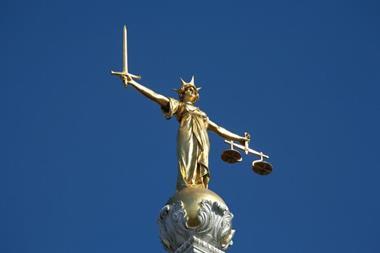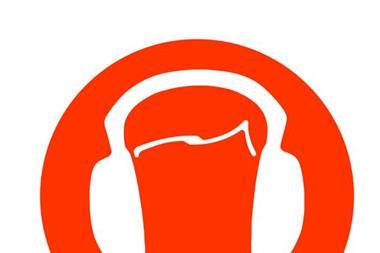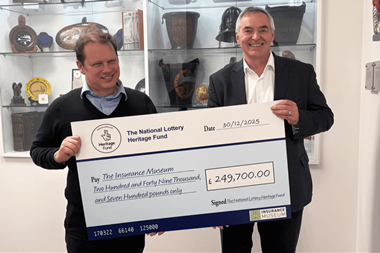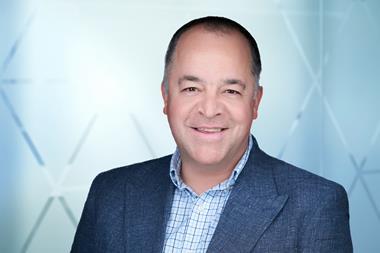Insurers to welcome Supreme Court's decision
The Supreme Court has today handed down a decision that reverses a Court of Appeal ruling that had made employers liable from 1978 onwards for any noise induced deafness in employees.
The decision in Baker v Quantum Clothing Group Limited and others restores the previously accepted position that employers are generally not liable for hearing damage in employees caused by regular exposure to daily noise levels below 90 decibels prior to the introduction of the Noise at Work Regulations 1989, which came into effect in January 1990.
The Supreme Court's ruling will be welcomed by employers and employers' liability insurers alike, as it removes the uncertainties caused by the Court of Appeal’s decision in 2009. According to legal experts, the decision establishes a clear framework for employers' liability for noise induced deafness claims involving relatively low levels of workplace noise.
The decision marks the end of test case litigation commenced in the High Court in Nottingham in 2004 following the filing of several hundred claims for noise induced deafness from former workers in the East Midlands textile industries, where daily exposure levels were below 90 decibels.
- For most employers there will be no liability at common law or under the Factories Act for exposing employees to noise levels below 90 decibels prior to the introduction of the Noise at Work Regulations 1989 in January 1990.
- For larger, more pro-active employers with “special knowledge” there may be earlier liability at common law and under the Factories Act, depending on the state of their knowledge. The Supreme Court restored the finding of HH Judge Inglis at first instance that two of the Defendants did have such special knowledge and were therefore fixed with liability from 1985 (although in the event, the claims failed against those defendants for other reasons).
- Since January 1990, employers have been required to make available hearing protection to all employees exposed to daily noise levels of 85 decibels and above and where the noise levels are 90 decibels or above, ensure that the protection is worn.
- Since 6 April 2006, those levels have been moved down to 80 decibels and 85 decibels respectively by the Control of Noise at Work Regulations 2005. Employers will be liable for noise induced deafness if it can be shown that they failed to comply with either set of regulations.
Hill Hofstetter LLP acted for one of the defendant employers and its insurers at all stages of this important test case litigation. Darren Smith, partner at Hill Hofstetter LLP, said: “The Supreme Court’s decision includes a detailed analysis of the law on employers’ liability generally and, as a result, will be a benchmark decision in the years to come.
“While it applies immediately to industrial deafness, it is also likely to have broader application in relation to employers’ liability claims. If the Supreme Court had dismissed the appeal it would potentially have opened the floodgates for thousands of other claimants, particularly those with long working histories in the industrial, leisure and retail sectors.”
Hosted by comedian and actor Tom Allen, 34 Gold, 23 Silver and 22 Bronze awards were handed out across an amazing 34 categories recognising brilliance and innovation right across the breadth of UK general insurance.














































No comments yet